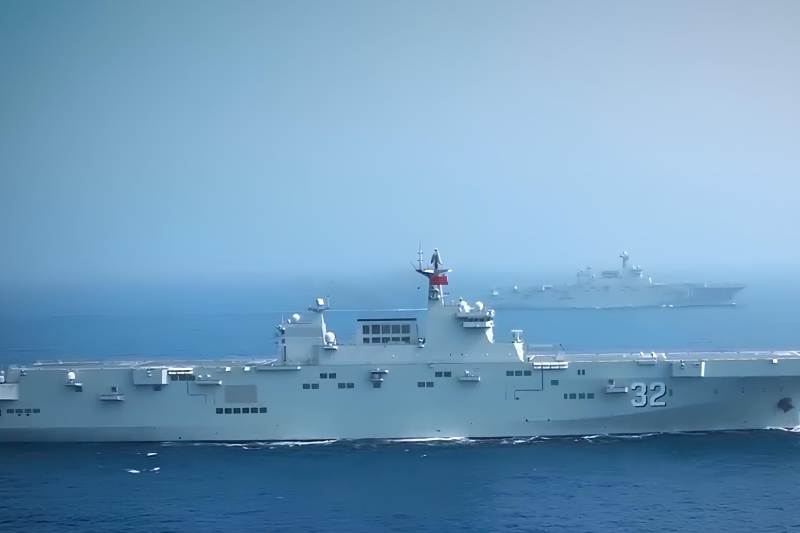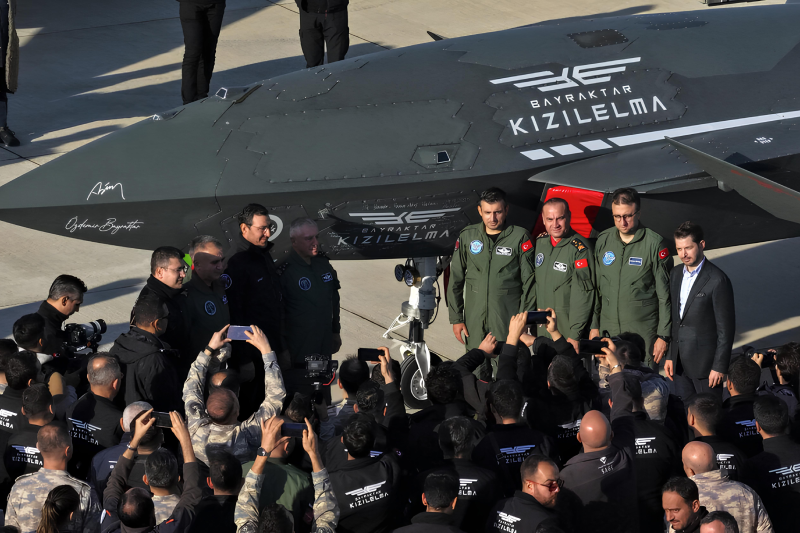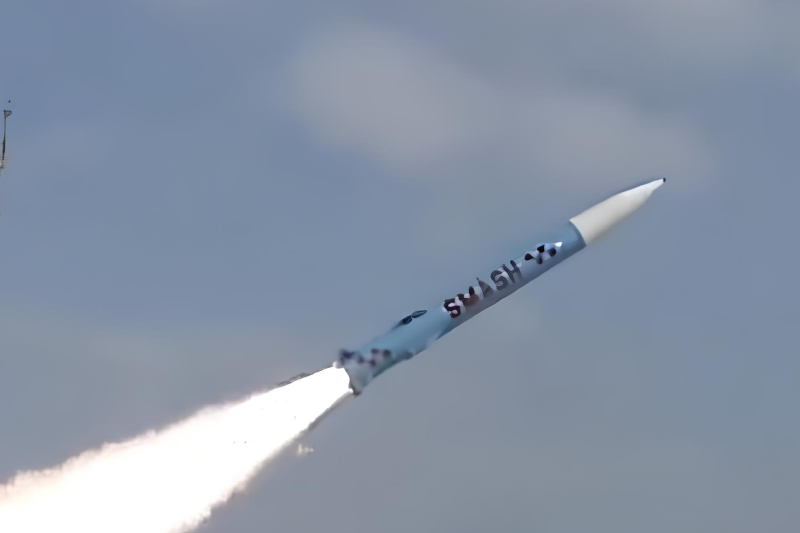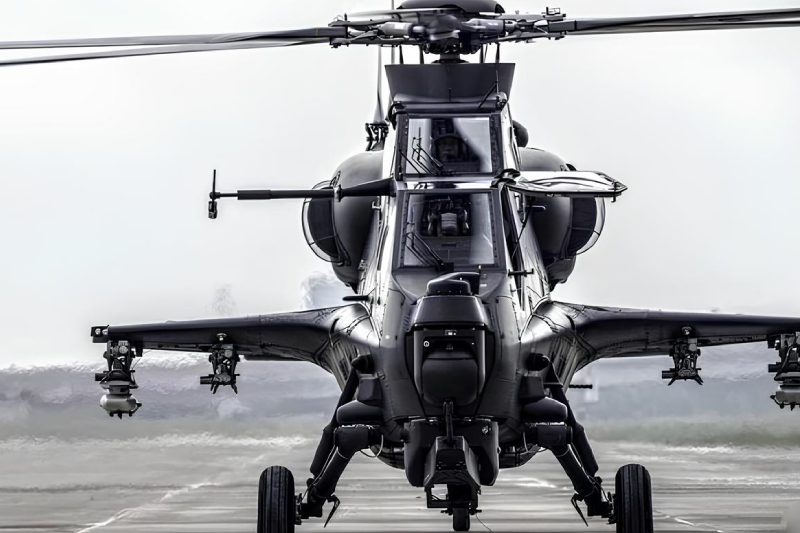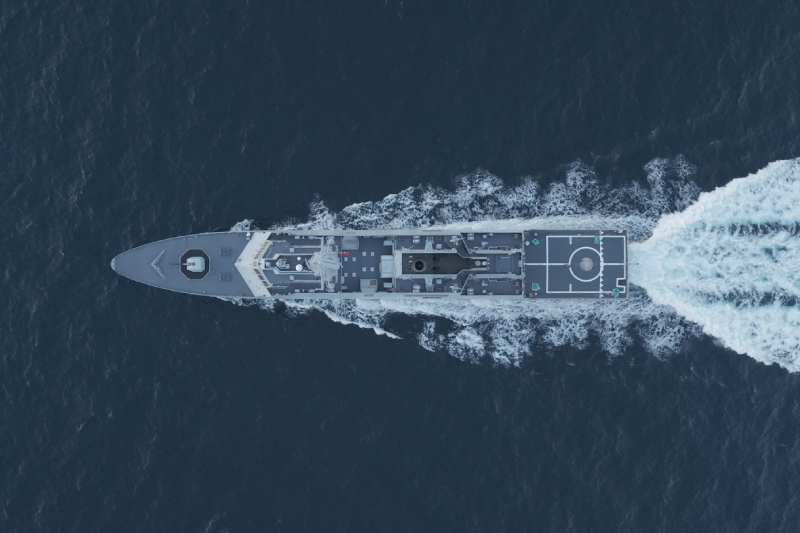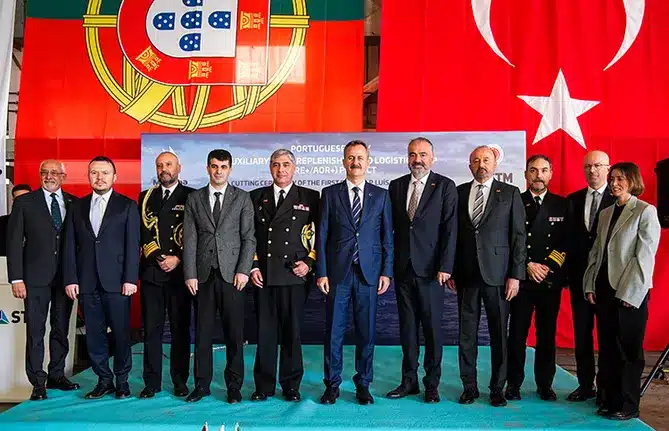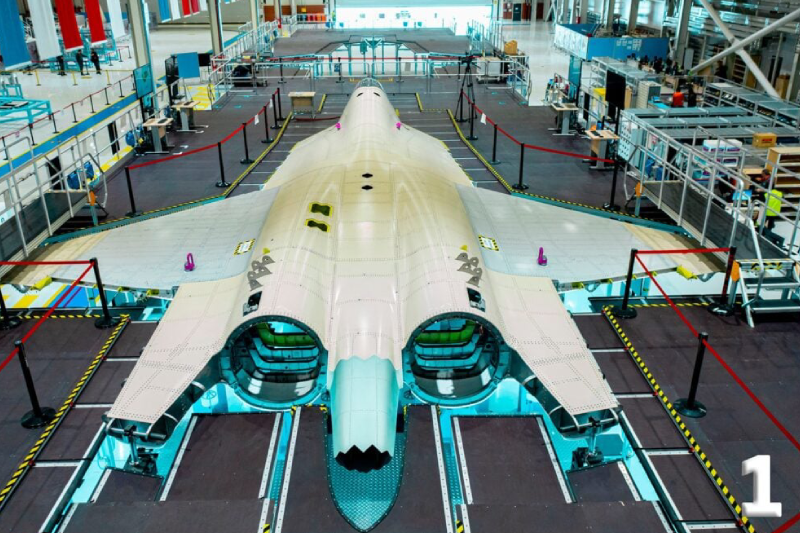Turkiye Advances In KAAN Fighter Jet Production Milestones
Turkiye’s ambitious KAAN fighter jet program has reached a critical milestone as the nation advances toward producing its first indigenous fifth-generation aircraft. The KAAN fighter jet development represents Turkiye’s most significant step in achieving aerospace independence, with the second prototype now entering the crucial system integration phase that will determine the aircraft’s operational readiness.
Enters System Integration Phase
The development timeline for Turkiye’s KAAN fighter jet has accelerated significantly with two new prototypes currently undergoing advanced assembly. TUSAŞ, Turkiye’s leading aerospace manufacturer, has confirmed that system integration work is actively progressing on the final assembly line. These enhanced prototypes incorporate critical improvements based on comprehensive flight data collected from the successful test flights of the initial P0 prototype conducted throughout 2024.
Advanced Manufacturing Capabilities
TUSAŞ has established a sophisticated manufacturing infrastructure specifically designed for KAAN production. The dedicated production line utilizes vertical assembly techniques to integrate major components, including the impressive 14-meter wingspan and the substantial center fuselage section weighing approximately 3.3 metric tons. Current manufacturing capacity at the Ankara facility supports production of up to eight aircraft annually, though company officials are actively evaluating expansion options to meet future full-rate production demands.
Flight Testing Timeline
The enhanced KAAN prototypes are scheduled for their inaugural flights during the second quarter of 2026, marking another crucial phase in the development program. The Block 10 variant, designated for initial service entry in 2029, will begin operations with a limited flight envelope that will expand progressively through continued testing and software development iterations. This phased approach ensures operational safety while maximizing the aircraft’s eventual capabilities.
Strategic Military Requirements
Turkish Air Force requirements specify 148 KAAN aircraft for the national fleet, though questions remain regarding whether this figure includes the 48 aircraft ordered by Indonesia or represents exclusively domestic requirements. The KAAN program specifically targets replacement of Turkiye’s aging F-16 fleet, providing the Turkish Air Force with modern stealth-capable platforms that ensure continued air superiority capabilities well into the future.
Advanced Technology Features
The production KAAN aircraft will incorporate cutting-edge avionics systems, advanced stealth characteristics, and full compatibility with Turkiye’s growing arsenal of indigenous air-to-air and air-to-ground munitions. These technological features position the KAAN as a formidable fifth-generation platform capable of operating in contested airspace environments while maintaining technological independence from foreign suppliers.
National Aerospace Ecosystem Development
TUSAŞ executives emphasize that the KAAN represents more than just aircraft production it embodies the creation of a comprehensive national aerospace ecosystem. This strategic initiative develops domestic capabilities across multiple technological domains, from advanced materials and manufacturing processes to sophisticated software systems and precision weaponry integration.
Future Sixth-Generation Fighter Exploration
While maintaining focus on KAAN serial production, TUSAŞ has begun preliminary exploration of sixth-generation fighter requirements. This forward-looking approach ensures Turkiye remains competitive in future aerospace markets while establishing the technological foundation for next-generation platform development. The experience gained through KAAN development provides invaluable expertise for future advanced aircraft programs.
Export Potential and International Partnerships
The KAAN program positions Turkiye as a significant aerospace exporter, with Indonesia’s initial order of 48 aircraft demonstrating international confidence in Turkish aerospace capabilities. This export success validates the aircraft’s design while providing crucial revenue streams to support continued program development and future platform innovations.
Sovereign Defense Technology Strategy
The KAAN fighter jet exemplifies Turkiye’s broader strategy of achieving independence in critical defense technologies. By developing fully indigenous fifth-generation capabilities, Turkiye reduces dependence on foreign suppliers while creating opportunities for technology transfer and international collaboration. This approach strengthens national security while building sustainable defense industry capabilities.
Production Scaling and Economic Impact
The transition from prototype development to serial production represents a significant economic opportunity for Turkiye’s aerospace sector. Scaling production capacity beyond the current eight-aircraft annual limit will require substantial investment in manufacturing infrastructure, skilled workforce development, and supply chain optimization. These investments create lasting economic benefits while establishing Turkiye as a regional aerospace manufacturing hub.
Also read this: China Showcases New YJ-Series Hypersonic Missiles at Parade
Turkiye’s Aerospace Independence Vision
The KAAN fighter jet program demonstrates Turkiye’s commitment to achieving aerospace independence through indigenous development and production. As the second prototype enters system integration and production capabilities expand, Turkiye moves closer to fielding a world-class fifth-generation fighter aircraft. The success of the KAAN program will establish Turkiye as a major player in global aerospace markets while ensuring long-term national security through technological independence and advanced military capabilities.
Keep connected with us at Facebook, Twitter, YouTube, Instagram & TikTok for latest defense happening around the globe.
Discover more from International Defence Analysis
Subscribe to get the latest posts sent to your email.



